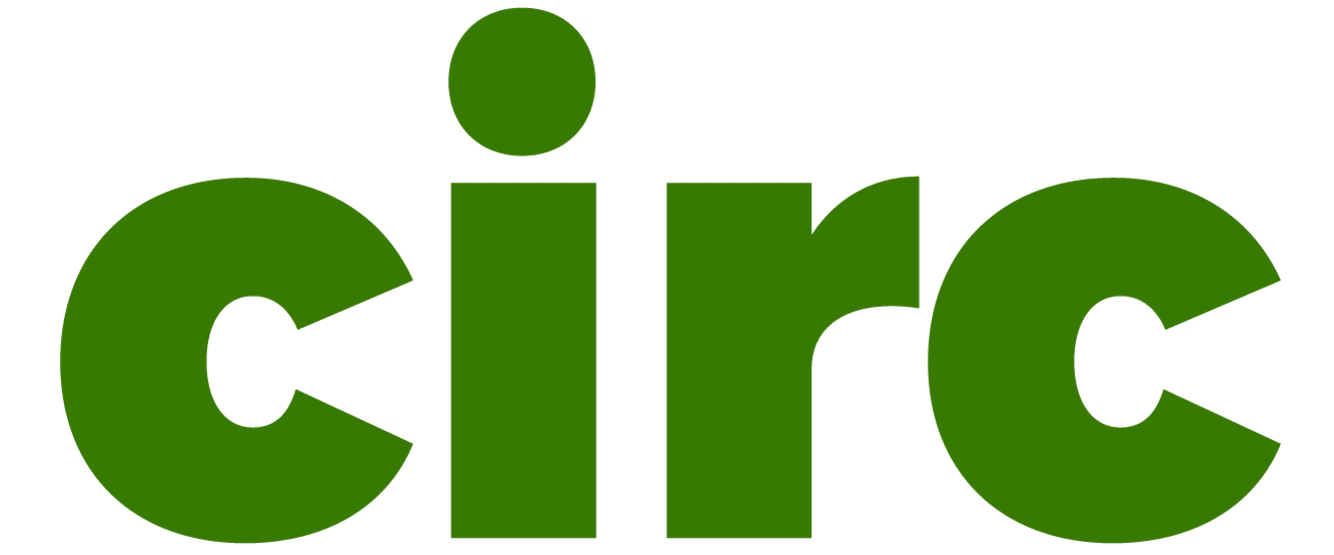When you hear the science of reading being implemented in classrooms across the country, it generally follows what is called “the simple view of reading”, first proposed by Gough & Turner in 1986. It states that word recognition combined with language comprehension results in reading comprehension. In short, it states that when students can use decoding strategies to read fluently and then understand what those words mean, reading comprehension can then take place. But what are the skills that must be taught to students in order to promote word recognition and language comprehension?
At the heart of the science of reading is the idea that students must learn to decode words in order to read. In order to do so, two important concepts are required:
- Phonological Awareness is the ability to manipulate sounds and connect phonemes to letters.
- Phonics is a method of teaching that develops an individual’s ability to recognize the sounds that letters and letter combinations make, introduced best through explicit and systematic instruction.
In addition to the ability to decode words using a variety of strategies, the following additional components are commonly cited concepts that encompass the remaining main components within the science of reading. Once phonological awareness and phonics are addressed and explicitly taught to students, then they are prepared to begin practicing and learning fluency, vocabulary, and text comprehension strategies.
- Fluency is the ability to accurately and easily read words quickly and accurately, as well as expressive reading through repeated practice.
- Vocabulary & Oral Language, which is recognizing and understanding individual meanings of words
- Text Comprehension is the ability to understand the text that a student is reading.
These five ideas are commonly referred to as the “Big Five” or the “Five Pillars” of reading instruction. Though other concepts and ideas are important to understanding within the broad scope of the science of reading, the Big Five help you understand the important ideas that must be taught to students to be successful in reading.
Let’s take a closer look at each of the Big Five to help you better understand what these concepts might look like when following the science of reading.
Phonological Awareness

For example:
- Mr. Patrick’s 1st graders class practice syllable segmentation with the theme “Animals Around the World.” She displays animal pictures on the board, such as elephant, tiger, and kangaroo. Students clap or tap to count the syllables in each word (e.g., el-e-phant = 3 syllables). He even turns into a game, where his students use dry-erase boards to write the segmented words before the timer ends.
- In Mrs. George’s 7th grade History class, students play a phoneme manipulation game to learn key terms from their Ancient Egypt unit. Words like pharaoh, sarcophagus, and hieroglyphics are broken down by sounds.
Phonics and Word Recognition

For example:
- Mrs. Patterson’s 2nd graders are learning the silent e rule during a lesson called “Magic E Saves the Day.” Using magnetic letters, students create pairs of words, such as cap and cape or bit and bite. Afterward, they read the book The Bike Ride by Alyssa Satin Capucilli to reinforce their understanding of the silent e.
- Mr. Martinez’s 8th grade Science class focuses on decoding multisyllabic words like photosynthesis and chlorophyll. He leads students in breaking down these words into prefixes, roots, and suffixes (e.g., photo- means “light,” and -synthesis means “putting together”). For their independent activity, his students then apply this skill to identify related words in their science textbook.
Fluency

For example:
- Mr. Ziegler uses Frog and Toad Together by Arnold Lobel for a fluency activity with his 3rd graders. She reads the story aloud, modeling expressive reading. Students then work in pairs to practice reading a passage aloud with proper pacing, intonation, and expression. The activity ends with a “performance reading” in front of the class, where students put on a play using props.
- Mrs. Rone’s 8th graders participate in a fluency exercise by reading excerpts from The Gettysburg Address. First, they watch a video of an actor portraying Lincoln delivering this message. Then, they practice reading the speech aloud in small groups, focusing on rhythm and tone to match Lincoln’s message in the video.
Vocabulary

For example:
- During a read-aloud of Charlotte’s Web by E.B. White, Mr. Clarke pauses to discuss vocabulary words like humble. Her elementary students create vocabulary spider webs connecting each new word to synonyms, antonyms, and examples.
- Mrs. Quorn’s English honors class analyzes The Road Not Taken by Robert Frost. Before diving into the poem, individually, the students review vocabulary words like diverge and undergrowth. In small groups, they use context clues to define unfamiliar terms and discuss how the vocabulary shapes the poem’s meaning.
Text Comprehension

For example:
- Mrs. Hughes reads Because of Winn-Dixie by Kate DiCamillo aloud to her 5th graders. She models metacognitive strategies by pausing to ask questions, such as, “Why do you think Opal feels so connected to Winn-Dixie?” Students use sticky notes to jot down questions or connections they make while listening and place them on their desks.
- Mrs. O’Quinn’s high school Government class reads Federalist Paper No. 10 by James Madison. Students are taught to annotate the text, identify its central argument, and use graphic organizers to trace the structure of Madison’s reasoning. Afterward, they meet in small groups to discuss its relevance to modern democracy and society.
These scenarios demonstrate how the foundational skills of reading can be integrated across grade levels and subjects, offering engaging and meaningful ways for students to deepen their understanding. While the science of reading is much more robust than simply understanding the Big Five, by evaluating these components in the context of your classroom, you can reflect on areas that you might need to focus more attention on to ensure students are explicitly working towards reading improvement goals.
Explicit Instruction is an important component of the science of reading.
Research supports explicit instruction as an effective way to improve reading by focusing on the above skills, among others. The greatest gains in reading improvement are often seen in children at lower grade levels, so taking the time to support your elementary students in improving reading fluency and comprehension is critical. You can learn more about how to support your elementary-level students by taking our Explicit Instruction in Elementary Reading course.


